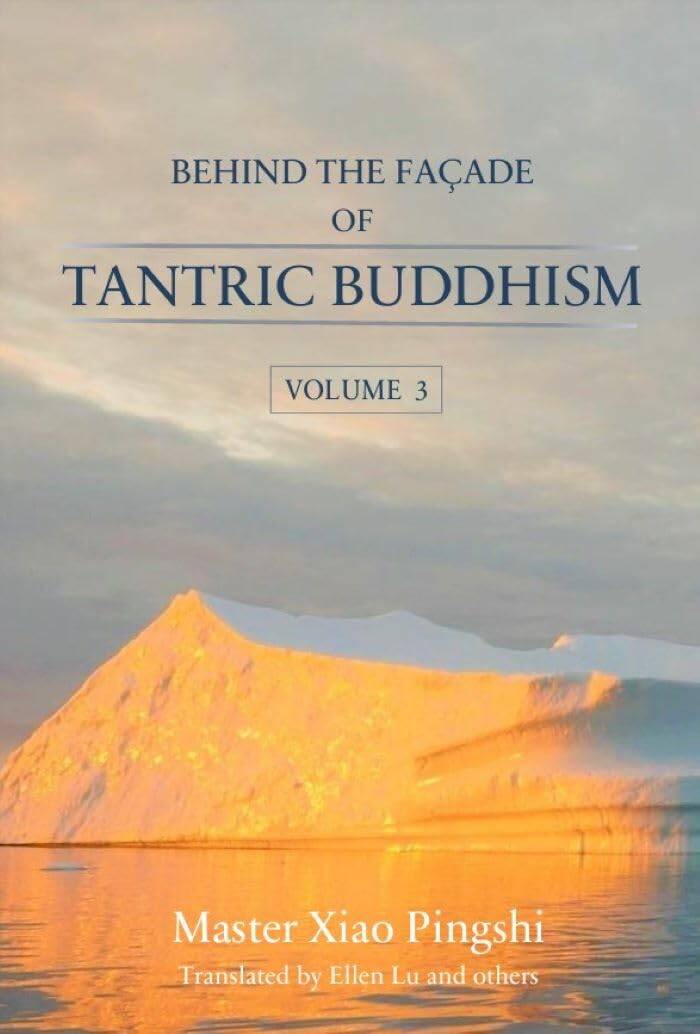English Books For Purchase
Overview Of Three-Vehicle Bodhi: Sound-Hearer Bodhi (II) and Solidtary-Realizer Bodhi (Paperback)
三乘菩提綱要之聲聞菩提意涵
Kindle Edition
The Buddhadharma—Buddha’s teaching—is expansive and all-embracing. It encompasses all the phenomena in the mundane, the transmundane, and the mundane as well as transmundane world. Yet, the essence and core of the Buddha’s teaching always rely on each sentient being’s own true mind—the eighth consciousness Tathagatagarbha—as their basis. Sentient beings experience suffering because they do not understand the meritorious virtues and wondrous functions of the true mind and crave and take the five aggregates as true existence instead; as a result, they have been performing assorted wholesome and unwholesome acts and are bound in the cycle of birth and death in the three realms for innumerable eons. In Buddha’s teaching, all sentient beings possess their own individual Buddha-nature—the inherent potential to achieve Buddhahood—but fail to realize that due to the attachment to their illusory thoughts. If they can practice and cultivate according to the Buddhadharma to subsequently attain realization, they will be able to gradually achieve Buddhahood. The Buddhadharma is and must be verifiable, not just based on theory. Otherwise, it would just be a collection of conjectures and speculations, which could only be classified as theory or hearsay. The Overview of the Three-vehicle Bodhi series will systematically introduce the content of the practice and cultivation of the Buddhadharma. Even though there are three vehicles taught by the Buddha based on the predisposition of individuals, the Buddhadharma really consists of only one vehicle—the vehicle that leads to Buddhahood. The three vehicles are just a convenient way to classify the content in the Buddhadharma. It is important to reiterate that the Buddhadharma cannot be established nor cultivated independently of the eighth consciousness Tathagatagarbha possessed by each sentient being. It is our hope that readers can obtain a holistic view of the basic structure and skeleton of the Buddhadharma through this series, elicit the aspiration for enlightenment (Bodhi mind) in the not-too-distant future, and follow the teaching of the Buddha to benefit others as well as themselves.
Behind the Façade of Tantric Buddhism
Master Xiao Pingshi
Behind the Façade of Tantric Buddhism, a series of four volumes, explores the doctrines of the Secret Mantra Vehicle, also known as Tibetan Buddhism. In reality, Tantric Buddhism is wholly unrelated to Buddhism, given that its cultivation of Highest Yoga is nothing but the lustful practice of sexual union. Such a faith based on copulation contradicts the Buddha's discourses, violates morality and ethics, disturbs social order, and has wrecked the peace and harmony of countless families. In contrast, the Jonang School that emerged in Tibet propagated the doctrine of "other-emptiness," which allows followers to realize the Tathagatagarbha and to directly comprehend how it generates all phenomena. As the Jonang School is the sole Tibetan lineage that teaches the Buddha Dharma, it stands as the only true Tibetan Buddhist tradition. This in-depth exposé illustrates the authentic Buddha Dharma and reveals the fallacies concealed behind the Buddhist veneer of Tantric Buddhism, hoping to guide the public onto the correct path to Buddhahood.
















